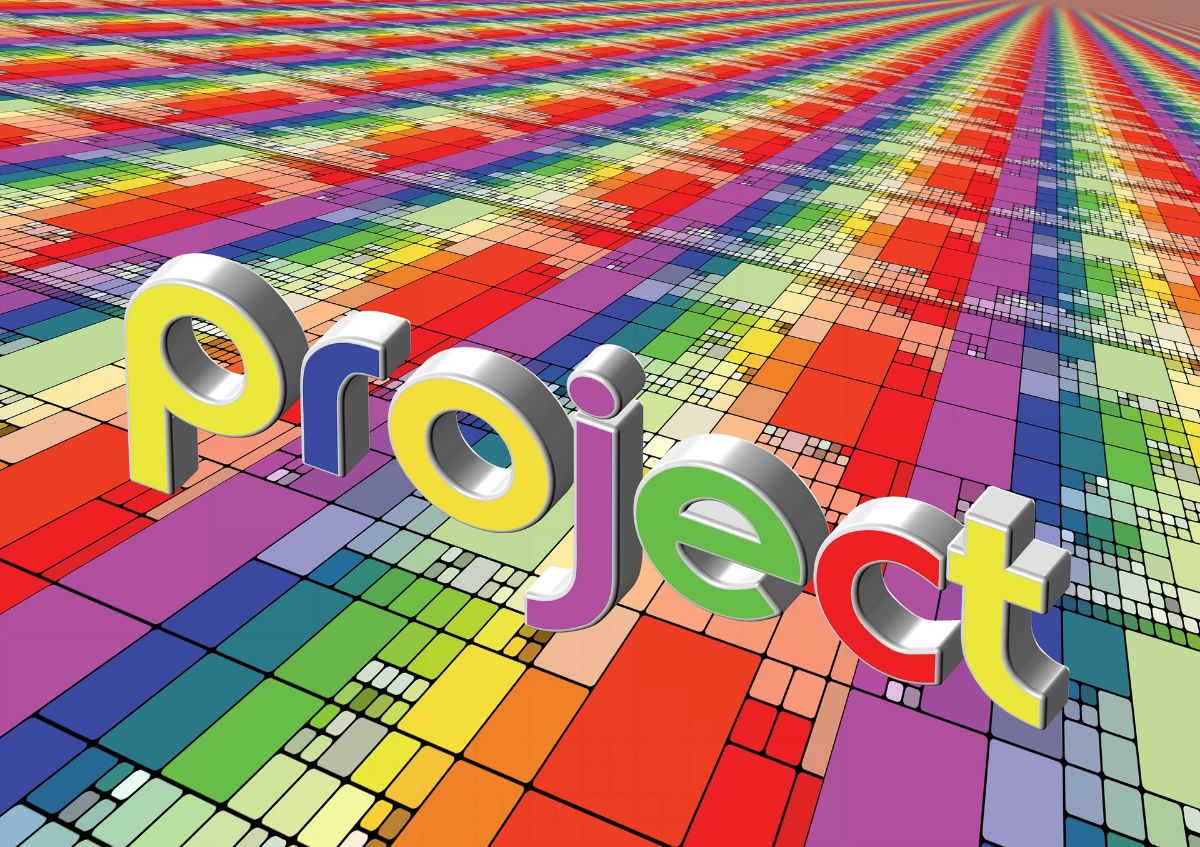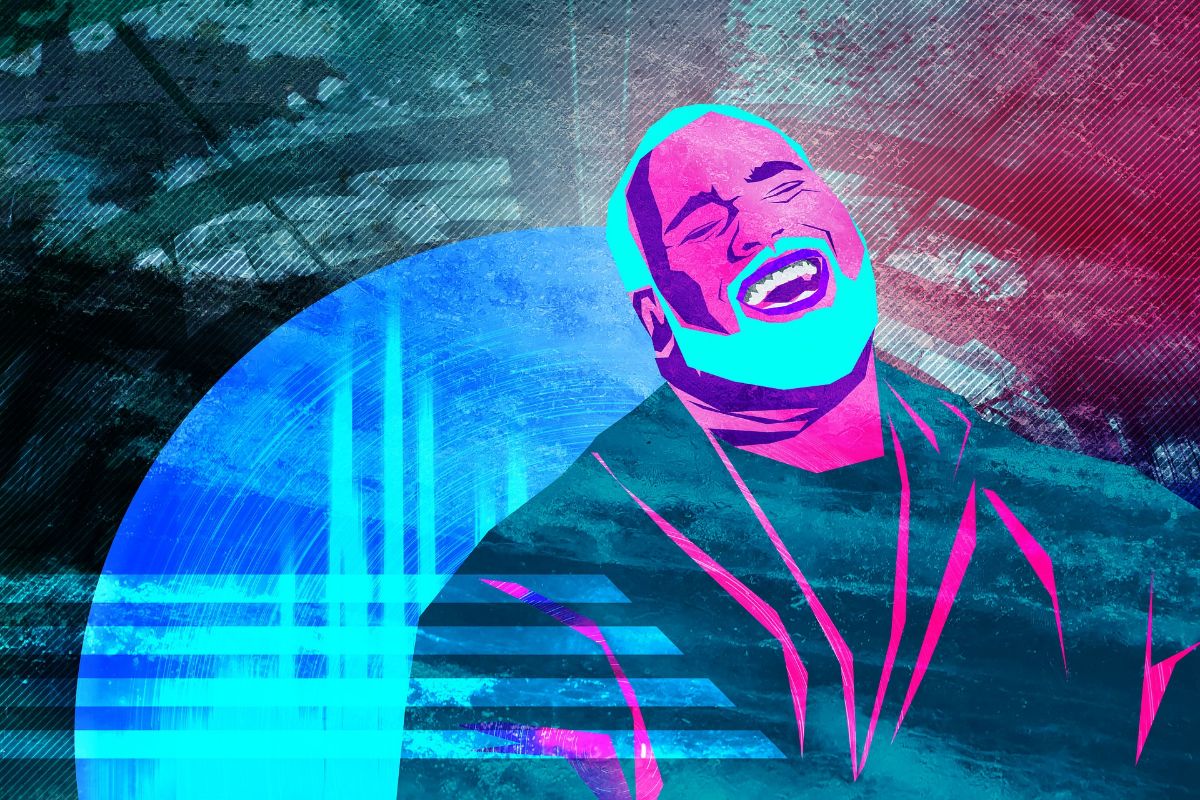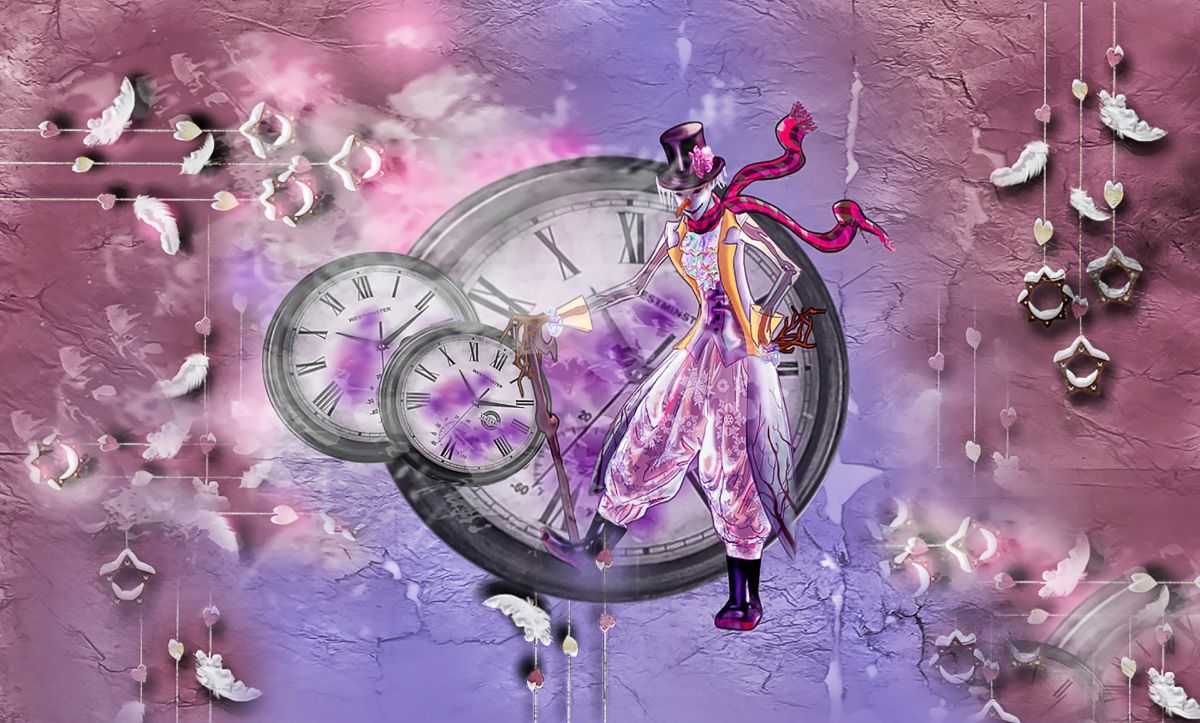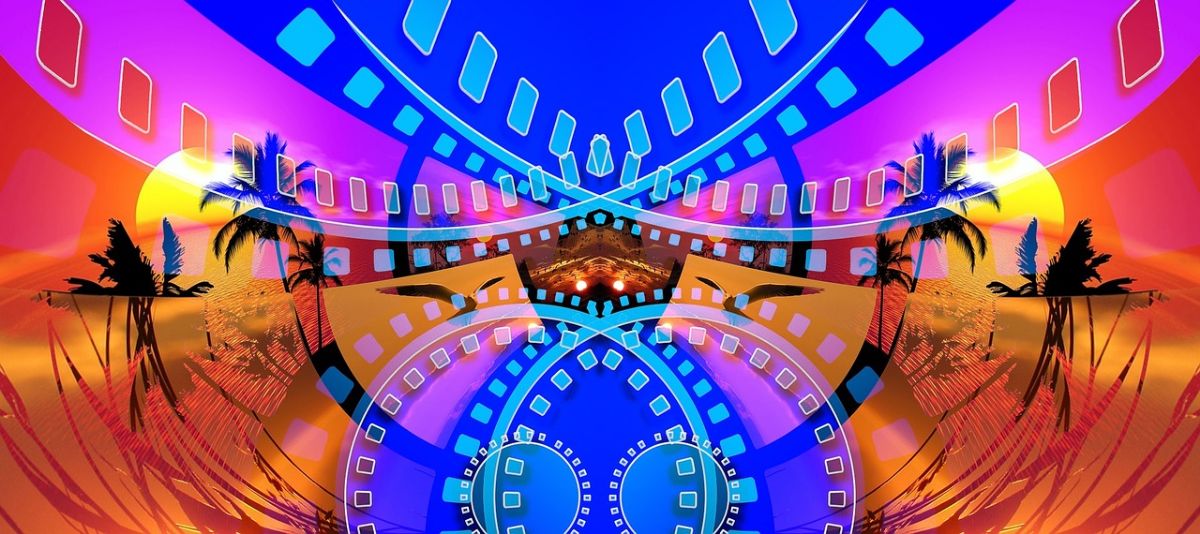
Have you ever heard of maximalism? Do you know what it is characterized by and if it is fashionable or not? This style can help you in your creative projects because it uses a lot of decorative elements, bright colors, textures, etc. that, although it may give you the feeling of being too loaded, there is an order in it.
Do you want to know more about maximalism? Its characteristics, differences with minimalism or why should you use it? We put it all below.
What is maximalism
As we have told you before, maximalism is an aesthetic style characterized by the abundant use of decorative elements, bright colors, complex patterns, and diverse textures in the same space. The idea behind this is “more is more”.
Examples of maximalism in decoration are easy to understand. For example, a room filled with objets d'art, bold furniture, and unusual combinations of patterns and colors.
But since what matters to us is at the level of graphic design, an example of the use of maximalism in these works would be those that had complex designs, extravagant typefaces and bold color combinations.
All this can give the feeling that it is very messy and chaotic. But the truth is that the designers and artists themselves maintain order using this technique, and it is something that, although it looks very ornate, is not tiring to the eye nor is it unpleasant; quite the opposite.
Characteristics of maximalism
Now that you know what maximalism is, its characteristics may become clear to you. But, as a summary, here we leave you the most important ones that, as a designer or creative, you must control and know in depth to take advantage of the technique and its elements.
Abundance of decorative elements
In maximalism, many decorative objects are used, such as paintings, plants, cushions, rugs, etc. These elements can be of different styles and eras. In the case of design, it will depend on the client, but it is based on using the greatest number of elements related to the client's sector.
For example, imagine that your client is a computer store. You could create a poster featuring not only current but also vintage computer components, and give textures and colors that attract attention and appear overloaded without being unpleasant.
Bold pattern and color combinations
Maximalism is one of the techniques in which you should not be afraid to experiment.. Combining patterns and colors that at first glance might seem discordant is not foolish.
Try mixing colors, patterns and elements to see what happens. As long as you achieve order within that disorder, you will achieve the goal of maximalism.
various textures
Mixing textures in the designs may not be easy because you don't have any possibilities to touch, but visually you could mix silks, wool, leather... that will attract the attention of whoever sees them.
Eclecticism
Another characteristic of maximalism is the combination of elements from different styles, eras and cultures, which creates a feeling of eclecticism and originality.
Personality
This is something very important. And it is that the author's own personality must be present, in a greater or lesser way, because it is what, in many cases, gives that special and final touch to the projects.
What is the origin of maximalism

Do you wonder what is the origin of maximalism? The truth is that it is quite difficult to give you a key date, because this is related to many other influences, and it has also developed over the years.
However, we can tell you that it was in the 1980s when it began to be more popular since it was a current that was against minimalism.
Now, the development of maximalism is known to have occurred much earlier. In the 1970s, an artistic and literary movement emerged (so-called postmodernism) that rejected the fact that art and culture should be rational and coherent. And, from there, we can intuit that there was part of the development of this style that concerns us.
If we look a little further back, the Baroque style itself was already characterized by that abundance of decorative elements, as well as by the combination of textures and colors.
Differences between maximalism and minimalism

We have been talking to you about maximalism. But we have also made reference to minimalism. Do you know how they differ between them? To begin with, they are opposite styles. Specifically, you must take into account the following:
- abundance vs. simplicity: The main difference between maximalism and minimalism is that the former is characterized by the abundant use of decorative elements, colors, patterns and textures, while the latter is based on simplicity and the reduction of elements.
- Colors and patterns: In maximalism, the use of varied and daring colors and patterns is the most common. But in minimalism only simple lines and neutral tones are allowed.
- Textures: Did you know that in minimalism you can only use smooth and uniform materials? Quite the opposite in the other style, where the aim is to combine textures that contrast with each other.
- Space: Maximalism seeks to fill the space with decorative elements, while minimalism seeks to create clear spaces free of superfluous objects.
- Feel: Visually, maximalism seeks to create a sense of exuberance and opulence. But in the case of minimalism, what it tries is to give tranquility and peace.
Advantages and Disadvantages of Maximalism

Finally, we want to make clear to you the pros and cons that you would have to use maximalism in your designs.
Let's start with the advantages. Among the most prominent are the following:
- Personality: Because you can express your personality through decoration and design. By using a wide variety of decorative elements and colors, you can create a unique and original space that reflects your (or your client's) tastes and style.
- Creativity: Maximalism allows creativity in design, since there are no strict rules that limit the combination of decorative elements.
- Visual impact: There is no doubt that it is visually appealing and vibrant.
- Comfort: Believe it or not, in that "chaos" you can create a warm and welcoming atmosphere.
Now, it is not always good to use maximalism. And it's not because...
- Clutter Creates a feeling of clutter and clutter, which can be overwhelming for some people.
- Cost: By using such disparate decorative elements, a project can be more expensive than another that is simpler.
- It may seem exaggerated: And this can create a negative feeling for those who prefer a more simple and sober style.
Now that you know what maximalism is and all that it implies, do you apply it to your projects and designs naturally or is it something you are going to do from now on?